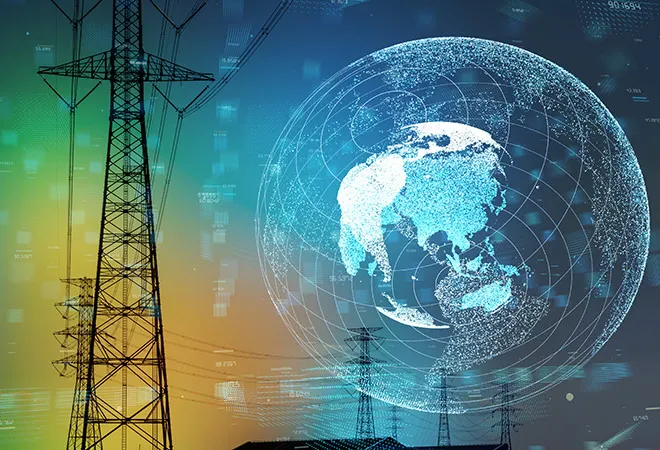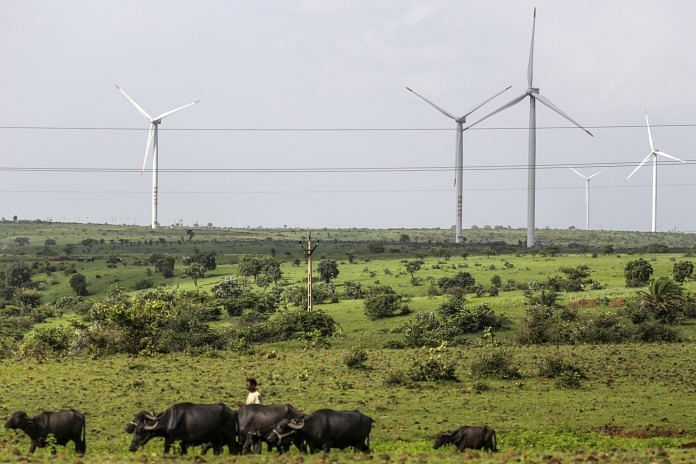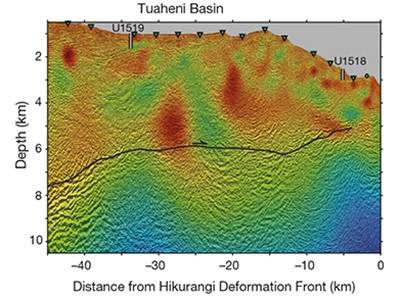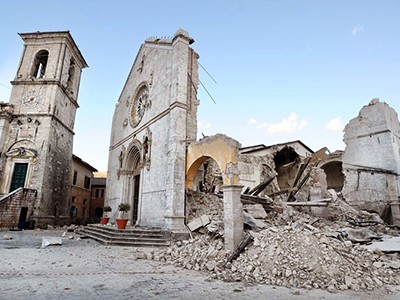It's time to have a big virtual convention and agree on some basic terms.
By Lloyd Alter
Published July 9, 2021
TREEHUGGER
Fact checked by
Haley Mast
:max_bytes(150000):strip_icc():format(webp)/GettyImages-600025861-70ebeafcc9b642f1a75171e9aef3f06f.jpg)
Fine Art Images/Heritage Images/Getty Images
Treehugger Voices
I have never understood exactly what net-zero means. I don't even know how to type it: does it have a hyphen or not? I have mentioned this before, usually attracting comments like this: "What a bunch of nonsense. By definition 'net' means the positive and the negative together when added up becomes zero. This is unsubstantiated drivel." Our fact-checking and definitions team has their take:
What is Net-Zero
Net-zero is a scenario in which human-caused greenhouse gas emissions are reduced as much as possible, with those that remain being balanced out by the removal of greenhouse gas emissions from the atmosphere.
So some people are pretty sure they know what it means, yet reading the recent report—"Net-zero buildings: Where do we stand?"—published by the World Business Council for Sustainable Development (WBCSD), it was clear that they weren't quite sure either.
:max_bytes(150000):strip_icc():format(webp)/def2-429b9fbb1421427484caac3ee322317e.jpg)
In fact, it is one of the key actions for decarbonization: to "define net-zero buildings." They worry about the lack of information and definitions for all the terms we are throwing around.
"There is a lack of global consensus on methodological assumptions and definitions of net-zero proportionate to required GHG emissions reductions, removals, offsetting, and established explicit targets to support this. These barriers need to be addressed rapidly at scale if we are to have the impact we need."
My colleague Sami Grover is confused as well, writing "Multinational Insurer Aims for Net-Zero, But What Does Net-Zero Really Mean?," noting that "net zero is becoming increasingly hard to pin down."
Grover writes:
"Ultimately, those of us who care about climate are going to have to do much better than net-zero. And we’ll have to keep an eye on whether the term itself is helping us, or hindering us, in that pursuit."
We need a convention.
:max_bytes(150000):strip_icc():format(webp)/sandford-fleming-940-6a1042a409694a95903e4f79661c444f.jpg)
I am not going to try and come up with a definition, if the WBCSD and Grover can't, then whatever I write will be, as my commenter noted, a bunch of drivel. Instead, in the manner of the Convention du Mètre of 1875 where 17 nations agreed to standardize and use the metric system, or the General Time Convention of 1883 in Chicago, which determined that "the sun will be requested to rise and set by railroad time," I am calling for a grand, memorable meeting.1
Put everyone together in one room or on one big Zoom call and figure this one out. And while they are at it, there is a long list of terms that should be clarified and resolved. I have used Google N-gram to try and see which is most popular; it is hard because the Y-axis changes all the time and there are so many zeros, but you can see what's trending and what's not.
Carbon Negative
:max_bytes(150000):strip_icc():format(webp)/carbon-negative-44efabd883b34bc58581bce024e49df5.jpg)
Usually defined as going beyond net-zero. In a building, it would mean removing more carbon dioxide from the air than were generated in upfront carbon emissions and operating emissions. Don't ask me why it isn't hyphenated.
When passive house designer Andrew Michler showed me his new project that was built of wood and straw and covered with solar panels, I suggested that it might well be carbon negative. He admonished me: "No it isn't, there isn't a carbon negative building in the world today, you will never know until it has finished its useful life and you know where the wood went, was it reused or burned or landfilled? Solar panels only last 25 years, and have a huge amount of embodied carbon. We will all be dead before we know if it is carbon negative."
Carbon Positive
:max_bytes(150000):strip_icc():format(webp)/carbon-positve-17f5b79ab8e0456bb59d1a76933413b7.jpg)
This is a term I first heard when writing about an Australian project; it means the same thing as carbon negative, but is, well, not so negative, positive sounds so much better. It appears that Ed Mazria of Architecture 2030 has picked it up, writing a recent article titled "CarbonPositive: Accelerating the 2030 Challenge to 2021." I like positivity better than negativity; if I am at the convention I will vote for this.
Carbon Neutral
:max_bytes(150000):strip_icc():format(webp)/carbonneutral-25845ba1716c479b8c86feca574173e1.jpg)
I don't know where this came from, but it smells like net-zero to me. The diplomats at the European Parliament, who probably like neutrality better than zero, try to define it:
"Carbon neutrality means having a balance between emitting carbon and absorbing carbon from the atmosphere in carbon sinks. Removing carbon oxide from the atmosphere and then storing it is known as carbon sequestration. In order to achieve net zero emissions, all worldwide greenhouse gas (GHG) emissions will have to be counterbalanced by carbon sequestration."
Yup, it's net-zero—without the hyphen. And it's not going anywhere.
Climate Positive
:max_bytes(150000):strip_icc():format(webp)/climate-positive-03d4f804ef4a4858b89f48d841febe79.jpg)
This sounds like advertising jargon to me. In fact, Fast Company attributes it to a Swedish burger chain in "If you’re going to eat meat, try this “climate positive” burger." They define it as "an activity goes beyond achieving net zero carbon emissions to actually create an environmental benefit by removing additional carbon dioxide from the atmosphere." I think we can ignore it.
Embodied Carbon
This is a particular bête noir of mine, I think it is a terrible name, It's not embodied, it's in the air already, As Elrond Burrell notes, it is burped, vomited, spiked, it's gone. That's why I wrote "Let's Rename 'Embodied Carbon' to 'Upfront Carbon Emissions'" in 2019.
:max_bytes(150000):strip_icc():format(webp)/whole-life-02c9859f916441efa430a0a31e674684.jpg)
That discussion with Burrell was fruitful, and I believe the start of a larger discussion: Upfront carbon is now an accepted term for those emissions in green, making the products and constructing the building. The World Green Building Council uses it this way as well. I do not know if it is universal, but it should be.
Let's get together and figure this out.
:max_bytes(150000):strip_icc():format(webp)/bike.JPG.1920x480_q85_crop-center-4ca2b5a7d5764cb38cc0f40076dfa046.jpg)
Conferences are fun; I am in that crowd cycling around Vienna after a Passivhaus conference a few years ago. Flying is a problem, and so is Covid-19 right now, so perhaps it has to be virtual or powered by all that green hydrogen everyone is talking about.
But we need to come to some common definitions of all these terms, starting with net-zero.
















